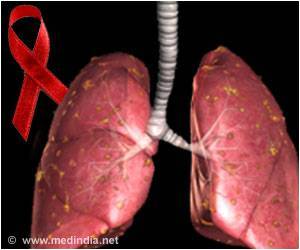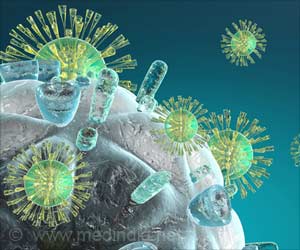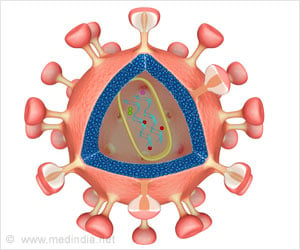
"HIV-1 only causes AIDS in humans and chimpanzees, but the latter are not a practical model and are no longer used for HIV/AIDS research. Our goal has been to figure out how HIV-1 could cause disease in a new host," Bieniasz says. "By accomplishing this with macaques, we have taken a step toward establishing a new model for AIDS that can be used universally in prevention and treatment research."
Although pigtailed macaques have fewer defenses against HIV-1 than most other primates — they lack an antiviral protein that fights off the virus — the researchers still had to alter both the virus and the macaque immune system in order to induce AIDS.
They bolstered the virus with a defense-disabling protein made by Simian Immunodeficiency Virus (SIV), a relative of HIV-1. Then they encouraged the modified HIV strain to adapt to its new host by passing it from one monkey to another, resulting in six generations of infected monkeys and an adapted virus. Even so, the monkeys' immune systems were still able to control the HIV-1 infection. So, the researchers temporarily weakened their immune systems by depleting a type of white blood cell, known as a CD8 T-cell, that destroys virus-infected cells.
"When we depleted their CD8 cells, the infected monkeys developed disease closely mirroring that of human patients. For example they contracted AIDS-defining conditions including pneumocystis pneumonia, a textbook example of an opportunistic infection in AIDS," says Hatziioannou. "Because it replicates what happens when HIV-1 compromises a human patient's immune system, our approach could potentially be used in the development of therapies and preventative measures for human patients."
In fact, if fully developed, the macaque model will offer a substantial improvement for research. Often, HIV therapy and prevention research relies on SIV, a viral relative of HIV-1, since SIV can cause AIDS-like disease in nonhuman primates. However, SIV doesn't always behave the same way HIV-1 does. "We still have one major hurdle to overcome: If we could get HIV-1 to cause AIDS without depleting the CD8 cells, we could replace models that make use of SIV for this research."
Advertisement
"This new model for HIV-1 infection is the result of years spent exploring scientific questions about how the virus interacts with a host's antiviral defenses. These kinds of basic insights will enable us to continue to improve this model," Hatziioannou says.
Advertisement
Source-Eurekalert













